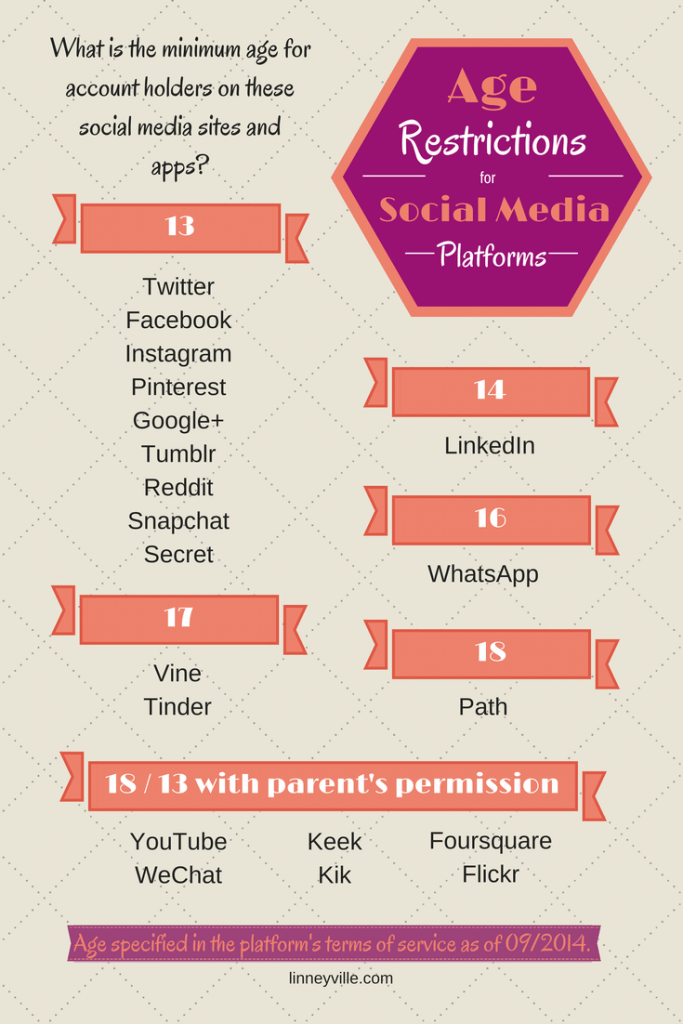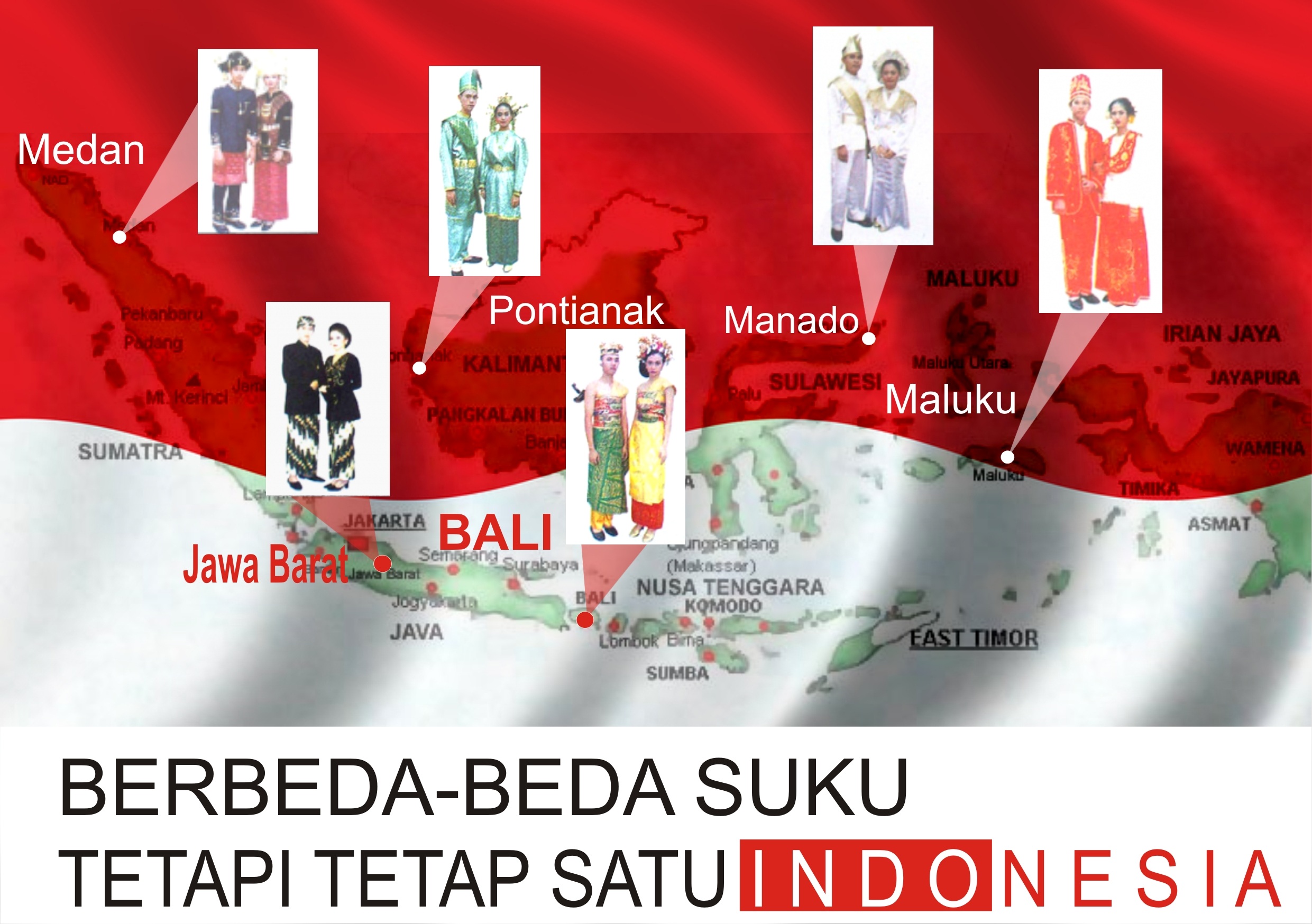6 Rules for Surviving the Age of Clutter

We constantly have priorities and technology demanding our attention. Here’s how to navigate this new reality.
I have a friend whose
life is defined by “busy.” He doesn’t really accomplish much, and I
think that’s why he’s embraced an identity of always being busy. He
can’t talk without complaining about how busy he is, he starts most of
his emails with “I’ve been so busy recently that …” and he never seems
to have time to read a book, reflect or think. It’s another symptom of
this disrupted culture we live in. So if you occasionally feel
overwhelmed and can’t really define why, here are a few new rules for
living in the constant “on” culture:
1) Turn off your computer and mobile device notifications. Every app these days wants to be able to notify you of discounts and special deals. I looked at my wife’s phone recently and she had 22 apps that all had notifications turned on. It was pinging all day long. And that’s not counting email, text and social media notifications. Just turn them off. Do you really need to know the moment a person responds to your Twitter post? Do you need to be alerted the exact second every email arrives? Talk about overkill. Let it rest.
2) Schedule two to three times a day to check your email—that’s it. (This one is going to be rough for most people.) The truth is, we whittle away vital creative and productive time obsessively checking email. Pick three times—say 10 a.m., 2 p.m. and 5 p.m.—and do a deep email dive then. Otherwise, focus on the important stuff.
3) Clean up your workspace. This is far more important than just making things look nice. The key is knowing where everything is. Half your stress is coming from searching under piles of papers for that information you desperately need. Take a few hours and tidy up. Sure it’s a pain, but once it’s done, your stress levels will lower immensely.
4) Keep an updated to-do list. You don’t have to go full-on GTD (that’s actually become a religion now), you just need a handy checklist. Get tasks out of your email and into a list you can order and prioritize. You can’t see the big picture until you see everything in a list. My favorites are Things, Wunderlist and Trello, but there are many good ones. Take the time to try a few out.
5) Learn to say NO. Here’s a great piece from my friend Seth Godin on the subject:
6) Finally—schedule time off. If you don’t put it on the calendar, it will never happen. I’m not talking about a vacation. I’m talking about an afternoon at the museum, going shopping, taking a nap, reading a book—anything that will get your mind off work and help you clean out the mental pipes. One of the most popular creative tools is to simply take a walk. I always feel more like working after I’ve taken a couple of hours off, so take it seriously. It will help you de-stress and greatly enhance your mood.
1) Turn off your computer and mobile device notifications. Every app these days wants to be able to notify you of discounts and special deals. I looked at my wife’s phone recently and she had 22 apps that all had notifications turned on. It was pinging all day long. And that’s not counting email, text and social media notifications. Just turn them off. Do you really need to know the moment a person responds to your Twitter post? Do you need to be alerted the exact second every email arrives? Talk about overkill. Let it rest.
2) Schedule two to three times a day to check your email—that’s it. (This one is going to be rough for most people.) The truth is, we whittle away vital creative and productive time obsessively checking email. Pick three times—say 10 a.m., 2 p.m. and 5 p.m.—and do a deep email dive then. Otherwise, focus on the important stuff.
3) Clean up your workspace. This is far more important than just making things look nice. The key is knowing where everything is. Half your stress is coming from searching under piles of papers for that information you desperately need. Take a few hours and tidy up. Sure it’s a pain, but once it’s done, your stress levels will lower immensely.
4) Keep an updated to-do list. You don’t have to go full-on GTD (that’s actually become a religion now), you just need a handy checklist. Get tasks out of your email and into a list you can order and prioritize. You can’t see the big picture until you see everything in a list. My favorites are Things, Wunderlist and Trello, but there are many good ones. Take the time to try a few out.
5) Learn to say NO. Here’s a great piece from my friend Seth Godin on the subject:
6) Finally—schedule time off. If you don’t put it on the calendar, it will never happen. I’m not talking about a vacation. I’m talking about an afternoon at the museum, going shopping, taking a nap, reading a book—anything that will get your mind off work and help you clean out the mental pipes. One of the most popular creative tools is to simply take a walk. I always feel more like working after I’ve taken a couple of hours off, so take it seriously. It will help you de-stress and greatly enhance your mood.












